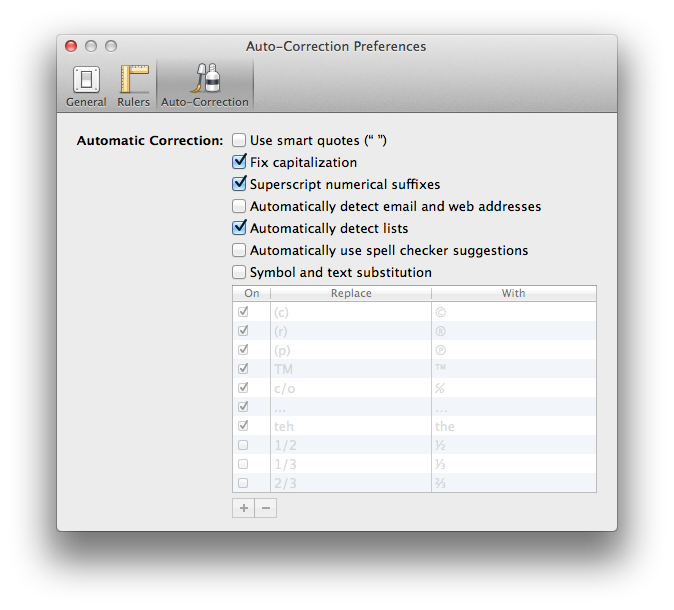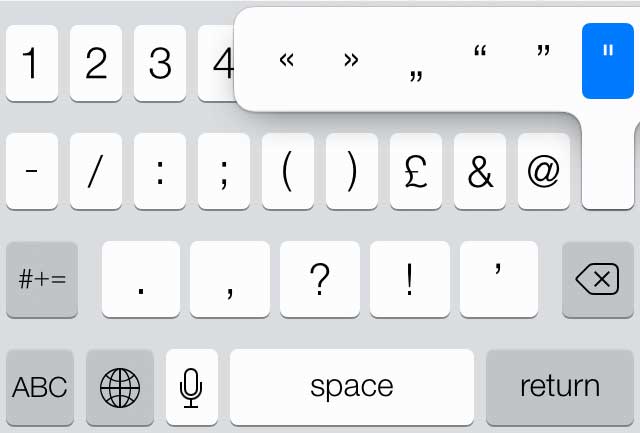SimCity 2013: A Lesson In How Not To Launch A Game
James Stratford
SimCity is one of the most iconic, beloved computer games ever. Its formula instantly appealed to so many. The genre became known as the 'god game'; the player was given ultimate control over their own virtual city. It was ridiculously fun and like any classic it swallowed hours of time for all the right reasons.
In 2012, Maxis announced it was back. Taking advantage of modern multicore hardware and vast RAM, it would use a new simulation engine they called Glassbox. This would allow the game to not just simulate the final effects of the player's actions, but actually simulate the mechanisms themselves. Cars wouldn't be graphical assets that appeared and disappeared to indicate traffic, they would be actual models with a starting point and destination, even a purpose for each journey. The traffic would be the collective end result of thousands of these cars modelled together. This priciple extended to all aspects of the game.
The game would have multiplayer, an obvious addition that players had long desired. It was all very exciting.
The Game
The game was launched in March 2013. The Mac version that was promised was pushed back five months to August. It was to be the first of many frustrations with this new SimCity.
The goals of the new SimCity and its Glassbox engine were to increase the game's sophistication, make the game feel more directly a result of the player's actions and to generally increase the realism of the simulation. At least, that's what I assumed.
The game did get some things very right. The grapihics were pitch-perfect with realism and cartoon fun in balance. Modular buildings were an interesting and fun advent in principle. Seeing power and water bubble along roads in real if abstracted units felt satisfying. Being able to play alongside friends offered a lot of promise.
Manhattan with SimCity 2013 plot size overlaid. Credit to Reddit user Yuzername. A fellow user asked 'what game is that?' 'Real life' came the reply!
So what went wrong?
This gets its own heading for a reason: a lot went wrong. I want to say that I am not an impatient player. I loved SimCity and was willing to be very long-suffering whilst Maxis and EA got through the bugs. I'd helped beta test the game and I saw the potential of Glassbox. I so wanted this to be a great game.
Glassbox became the end not the means. The idea of Glassbox was to add sophistication. Instead, the engineers at Maxis seemed so proud of what they had created that they lost sight of its purpose. Its demands on system resources meant that the plot sizes for cities were comically small (see also). Gone were the days of building a metropolis of your very own. The knock on effects were absurdities.
To make up for the tiny plot sizes, it seems a scaling constant was added to bulk up population sizes, making for cities with population densities that made Manhatten look like Montana. A 4km square plot needed more than one gargantuan police station, fire depot and hospital. Roads capable of carrying tens of thousands of cars would block up under the strain of inexplicably large numbers of people making their way across a tiny city. You could see Glassbox at work, but it wasn't working.
The multiplayer aspect was a disaster. I had many friends that bought SimCity at launch. We set up regions and for the first time in years all got VOIP on the go to settle in for a Big Bang Theory-style session of municipal meglomania. It just never delivered. What I did in my city would take minutes, sometimes even hours to show up for a friend in the neighbouring city. In-game chat was truly pathetic, offering the option of a completely non-functional regional message chat or the modal Origin chat (by modal, I mean you literally had to minimize the game to say something to your friend!). EA either need to invest in Origin properly and make it a Steam for EA games, or scrap it. Right now, it's abysmal.
SimCity was replete with bugs, big and small. In addition to the above there were problems with building wonders, sending gifts, commuting between cities and the list just goes on and on. There were other gripes too, like the problems caused by buildings requiring the road they were adjacent to to remain forever lest they be demolished. UI quirks like demolishing an entire building instead of just a module of that building until you learned you had to go into the modular editor to demolish those. It just bred frustration at every turn.
The game was no longer about building a metropolis of your own. It lost the 'god game' thrill and became more about building economic assets like coal mines, refineries and trade ports than about making a cool city. In fact, it was nearly impossible to build a successful city without the use of some sort of heavy primary industry.
I haven't even mentioned that it required a continuous internet connection to servers that were just not up to the job. To take people's money and require an internet connection and then fail to provide adequate server capacity in 2013 is inexcusable.
Ultimately, it just wasn't fun.
Seriously, what the hell? Thunderbirds on speed.
The Future?
In all honesty, I don't know if we'll be getting the SimCity we want for a very long time. Content such as Cities of Tomorrow is a slap in the face when fundamentals of the core game are so desperately in need of improvement. In SimCities of days gone by, things like arcologies were fun cherries on top of the core game. Evolving them into these absurd cities I see coming from CoT content makes me weep for what SimCity could have been, and what it once was.
It was always clear that EA/Maxis' assurances that offline mode wasn't feasible weren't honest. The game was hacked very early on to show regional play without plots was possible at least in priciple. In 2014, sure enough, offline play is here. Their assurances that it was technically difficult were disingenuous. They just didn't want offline play.
The city plots issue was addressed in a blog post by Maxis in October 2013. The reason given was perfomance. Bigger cities just wouldn't run well on the majority of players' computers. Two things immediately sprang to mind:
- This seemed extremely short-sighted. So what if most players couldn't play the larger terrain maps in 2013, some could! Seeing that larger maps were in the game but just not within the capabilities of their current machine would have placated most people and the most vocal group – the high-end PC owners – would have been the minority that could have played them.
- What was the benefit of Glassbox when it was constraining the game in the most fundamental way imaginable? To repeat, Glassbox had become the end – the game bending to fit to its needs – not the means for delivering a better game. The very mechanism that made this game more advanced had crippled it in doing so.
Playing SimCity I have often wondered if the Maxis team are as frustrated as I am. I ask myself if they want the game to be what it is or if their hands are tied by EA and its Big Blue of Gaming culture. Surely they loved SimCity for the same reasons I did back in the day. It was a simple game in its inception and there really were only so many reasons to love it. There had to be overlap at least between what they wanted and what I, my brothers, my friends and so many others online seemed to want from the game.
This SimCity debacle has done inordinate damage to the repuation of a much-loved developer and franchise. If I worked for Maxis I'd be livid at what has happened. I hope the next installment of SimCity is wonderful. I hope it goes back to being a single-player game first and foremost, with multiplayer elements around that. I hope Maxis gets control of its baby back and makes the game we were all so looking forward to. I hope.
…but I digress.







